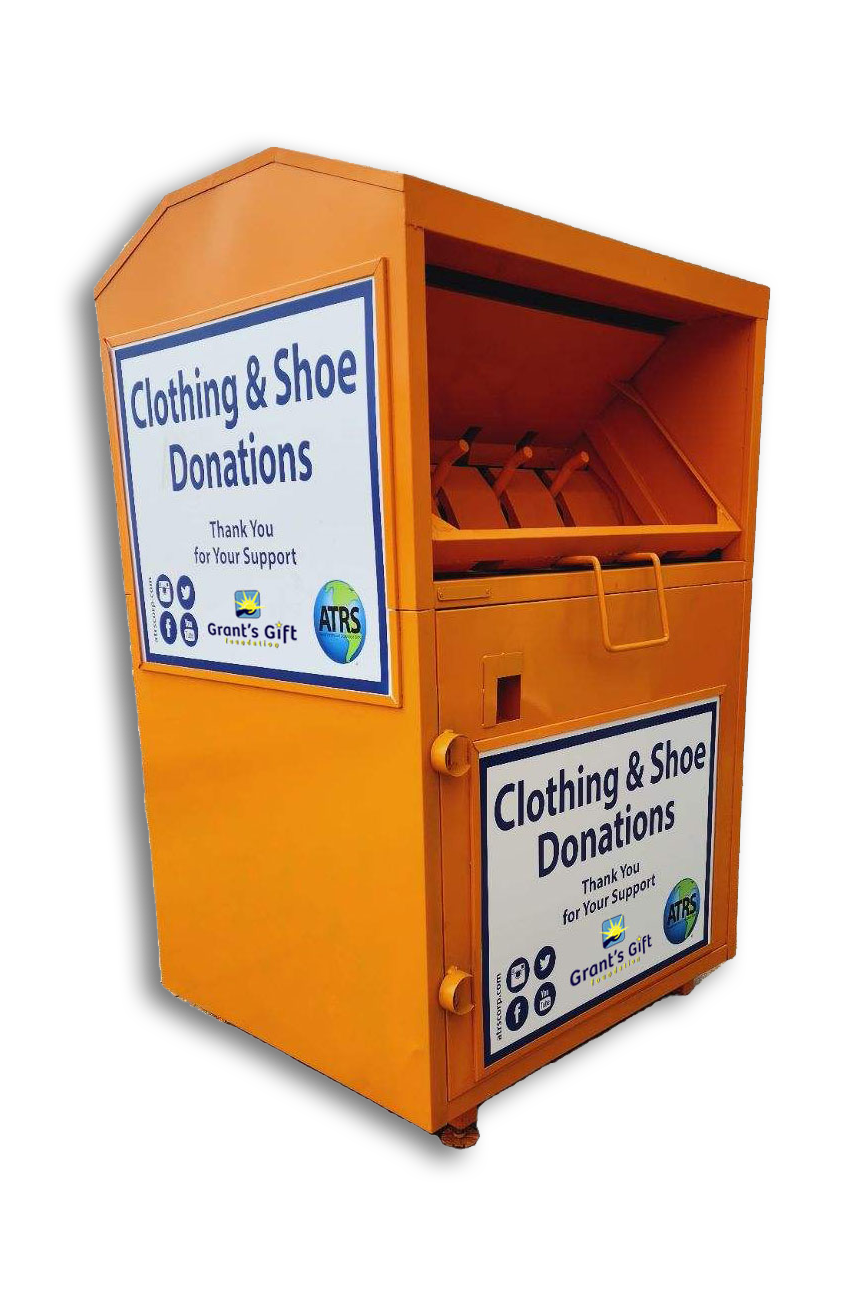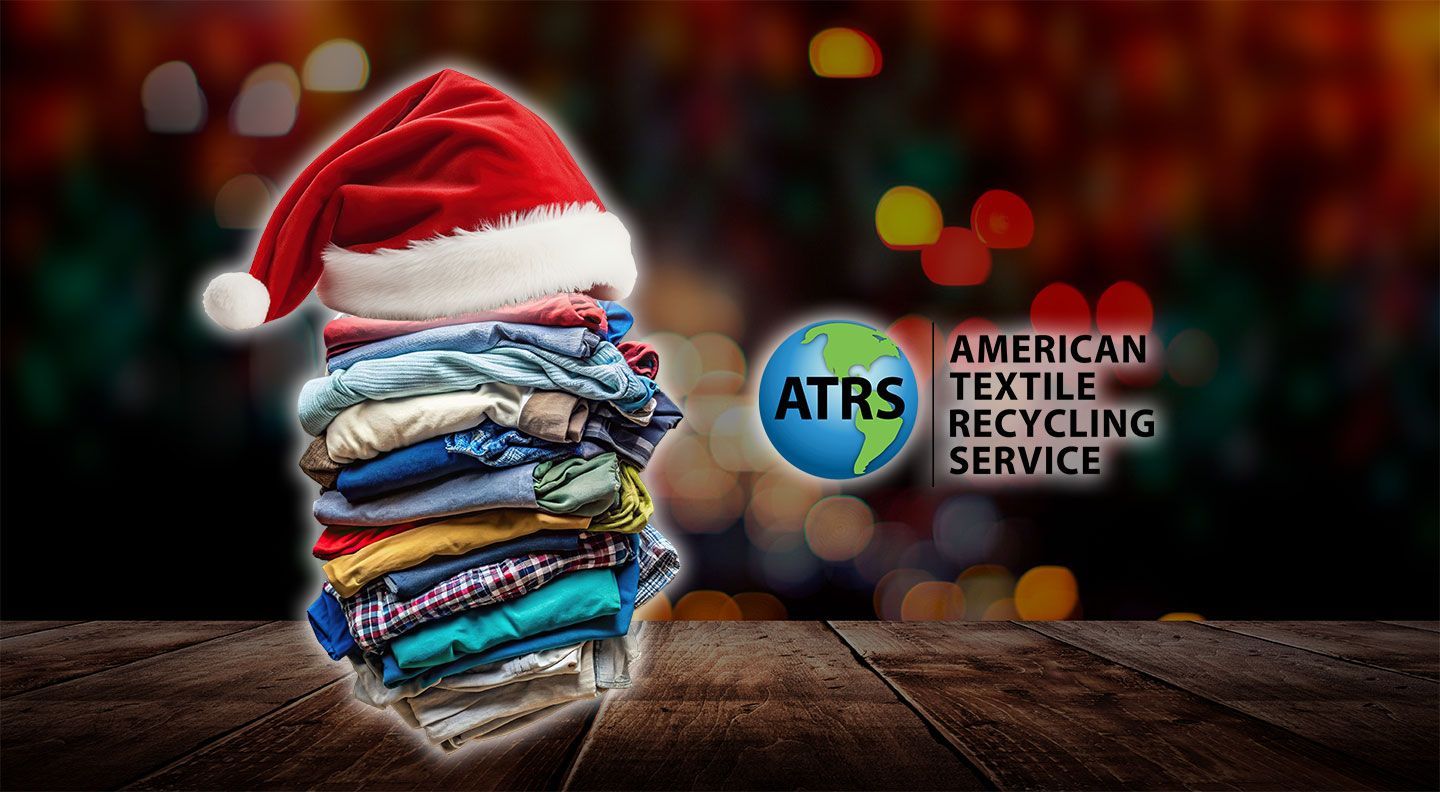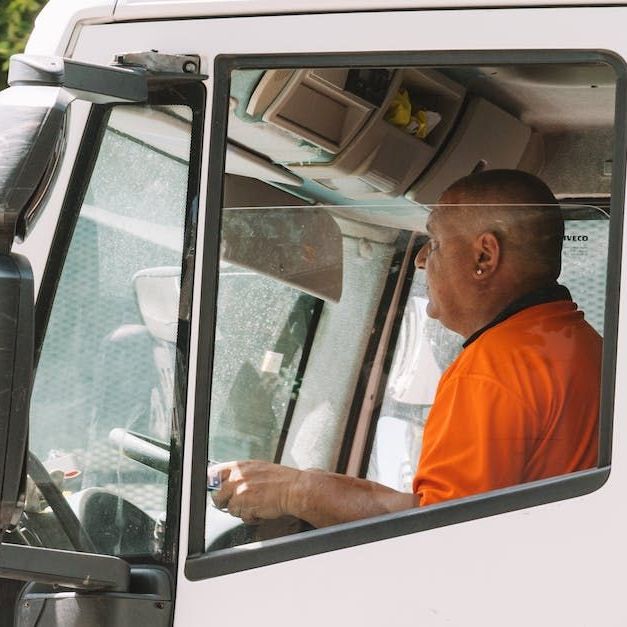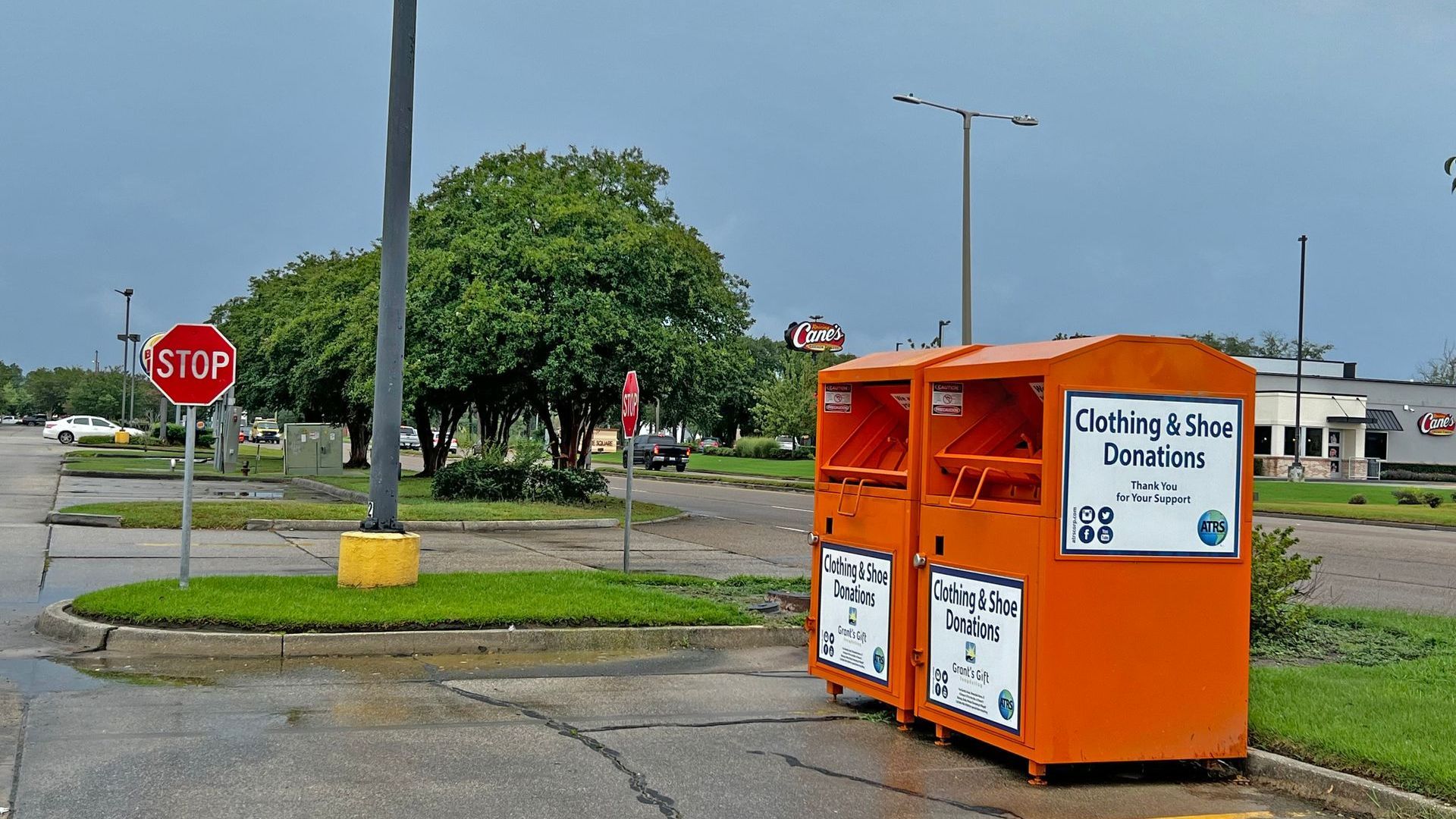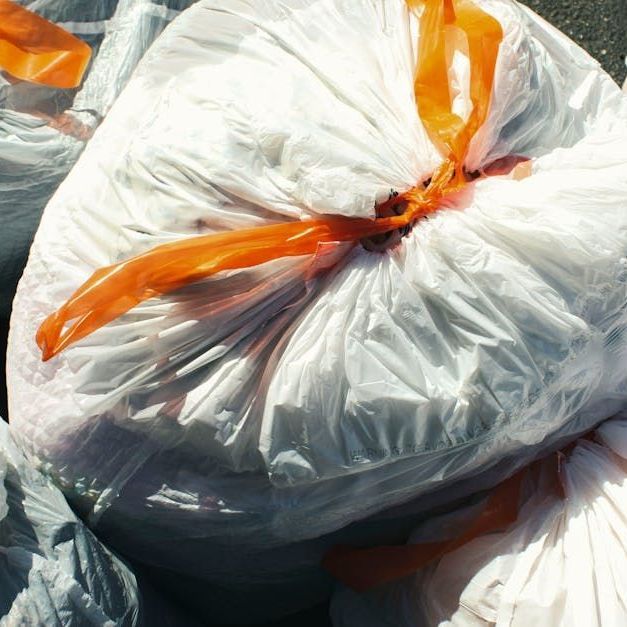The Importance of Donated Clothing to Local Economies
A Look at ATRS’s Impact

When we think about donating clothing, shoes, and household textiles, it’s easy to focus solely on the immediate benefit to the individuals and families receiving these items. However, the impact of clothing donations stretches far beyond the community level. At American Textile Recycling Services (ATRS), we understand that donated clothing plays a crucial role in both local economies and the global marketplace, benefiting not only those who receive but also those who purchase secondhand goods. The cycle of donations, recycling, and resale creates an ongoing flow of value that supports economic activity, sustainability, and community development.
Boosting Local Economies with Every Donation
Every time someone drops off a bag of gently used clothing into an ATRS donation bin, they are contributing to a local economy. ATRS operates in various cities and regions, collecting and processing donated textiles in partnership with local businesses and charities. The donated goods are either repurposed, recycled, or resold to fund charitable initiatives, creating a steady income stream that fuels the local economy.
Here’s how:
- Job Creation: The process of collecting, sorting, and processing textiles creates jobs in local communities. This includes workers who manage donation bins, handle collection logistics, and sort the items for resale or recycling. Additionally, the redistribution of these items provides income for those involved in the secondhand market, including small businesses, thrift stores, and charitable organizations.
- Revenue for Charities: Many of the donations collected by ATRS go toward supporting local non-profits. The proceeds from the resale of donated clothing directly fund these charitable activities, making a profound difference in the lives of those in need.
- Promoting Retailers: Many of the donated clothes that aren’t directly recycled or repurposed end up in thrift stores or secondhand shops. These stores, often run by non-profit organizations or local entrepreneurs, provide affordable options for people in the community who might not have the financial means to buy new clothing. By reselling donated goods, these businesses not only meet the needs of low-income families but also inject money into the local economy.
The Global Journey of Donated Clothing
While clothing donations continue to support the local community, a significant portion of donated textiles are exported to markets around the world. For ATRS, the journey of donated clothing is not limited to local impact but extends to international markets, contributing to economies in developing countries. This resale process helps create affordable fashion for people in countries where access to new clothing may be limited.
- Economic Opportunities Abroad: Donated clothing is often sent to developing countries, where the goods are resold in local markets. This offers a cost-effective alternative for families in need and helps sustain small businesses abroad. These secondary markets create entrepreneurial opportunities and empower people to start or grow businesses that provide much-needed resources to their communities.
- Sustainable Fashion: As the global demand for sustainable fashion increases, donated clothing helps reduce the environmental burden of textile waste. ATRS’s recycling programs also promote sustainability by giving old clothes a new life. Instead of sending unwanted textiles to landfills, ATRS diverts them to either be reused, recycled into new products, or sold, reducing the need for new resources and lowering the carbon footprint of fashion consumption.
Supporting the Circular Economy
Donated clothing contributes to the circular economy, a model that prioritizes reuse, recycling, and sustainability over the traditional linear economy, which typically follows the "take-make-dispose" cycle. ATRS is a key player in fostering this model, as we work to:
- Extend the Life of Textiles: By collecting and repurposing donated items, ATRS helps extend the life of textiles, preventing them from ending up in landfills. Items that may no longer be useful in their original form are either turned into new products or sold at affordable prices in secondhand shops.
- Reduce Waste: Clothing donations significantly reduce the amount of textile waste that ends up in landfills. As more people become aware of the environmental impact of fast fashion, the demand for used clothing continues to grow. ATRS helps meet this demand by diverting clothing from waste streams and providing sustainable alternatives.
A Win-Win Situation for All
The benefits of clothing donations are clear as they have a profound impact on both local and global economies. Local economies are strengthened through job creation, revenue generation for charities, and the support of small businesses. Simultaneously, the redistribution of these donations in international markets provides affordable clothing to individuals in need while creating economic opportunities abroad.
At ATRS, we are proud to be part of this positive cycle. Our donation bins make it easy for people to give back to the community, knowing that their contributions will support local charities and have far-reaching effects on the global economy.
By donating your gently used clothing to ATRS, you're not only helping a family in need but also fueling a sustainable and economic solution that benefits both local and global communities. So, the next time you drop off a donation, remember that you’re participating in something much bigger than just a simple act of giving and you’re supporting a thriving, sustainable ecosystem that connects communities and economies around the world.
Donate today and make a lasting impact!




